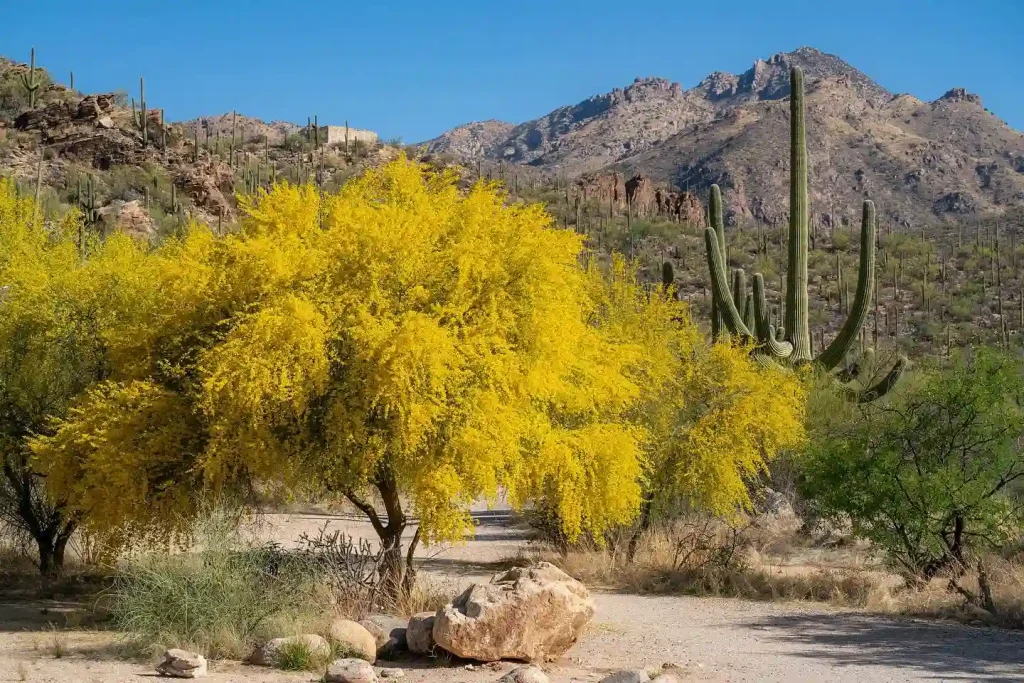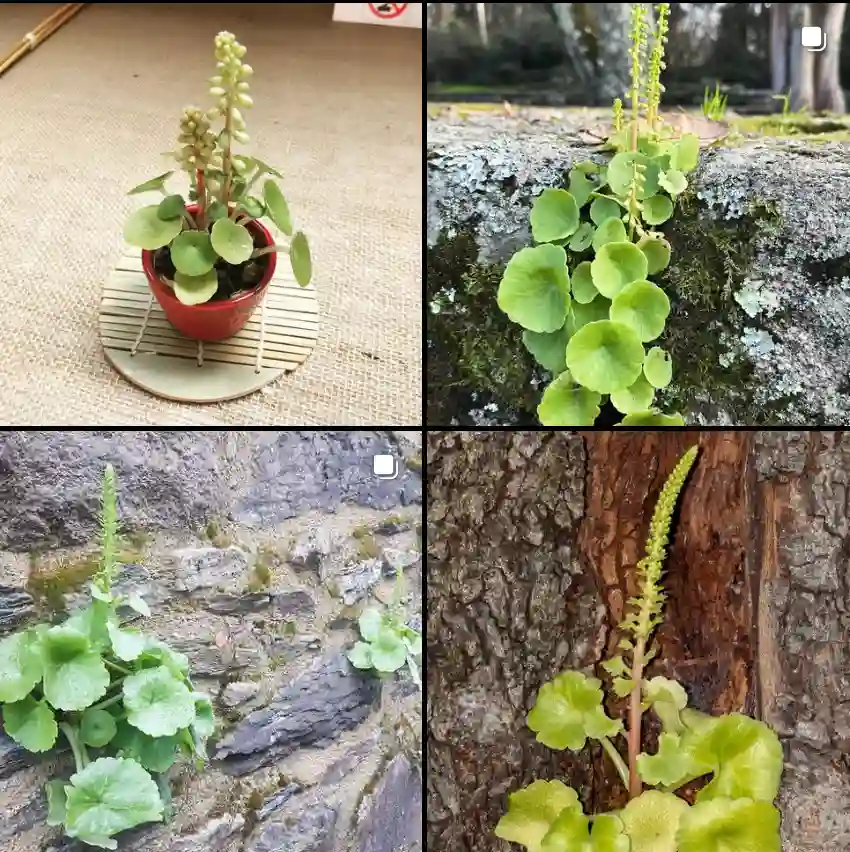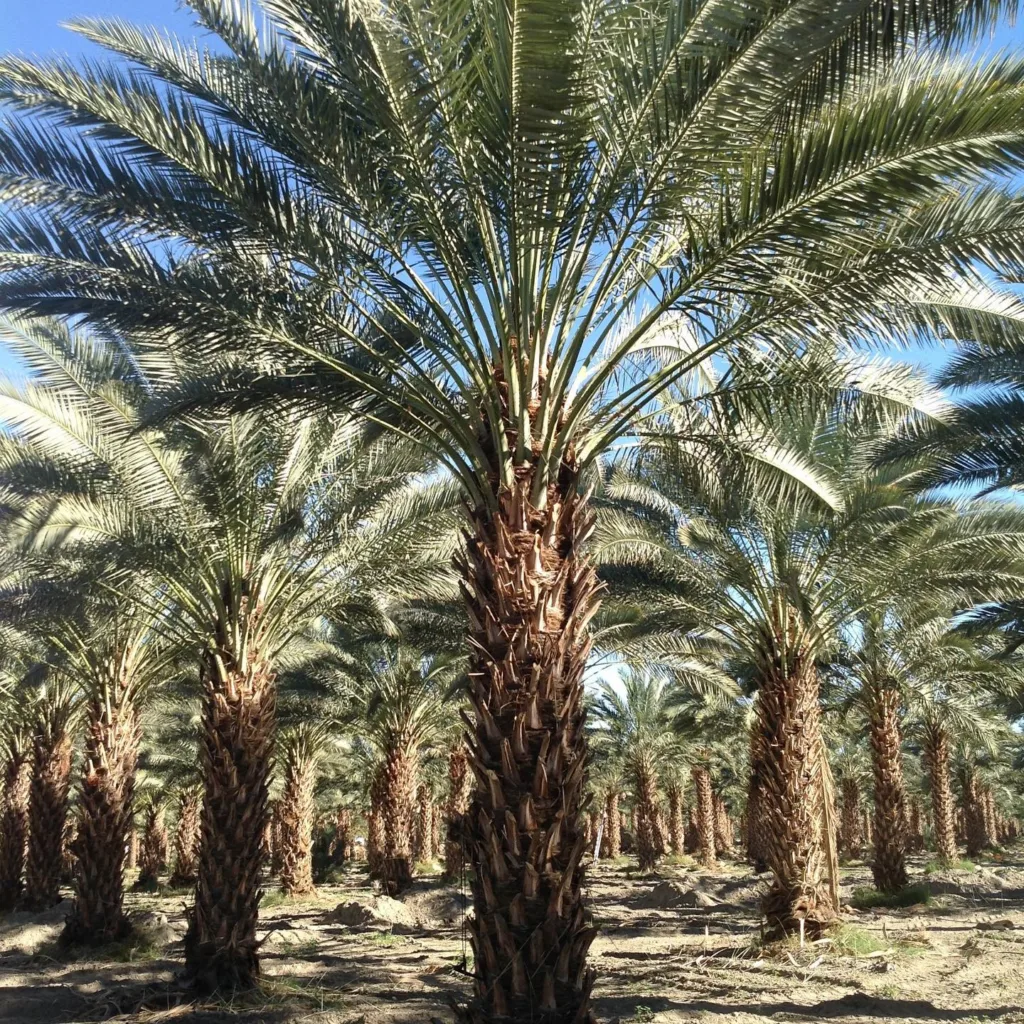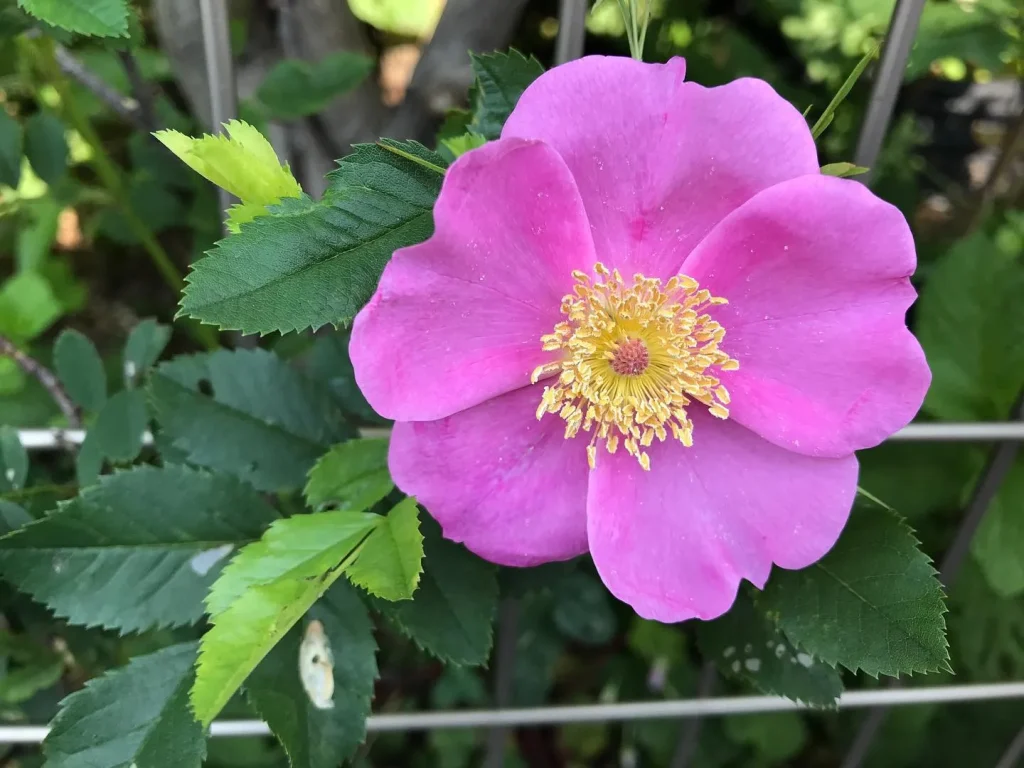Exploring the Irvingiaceae Family
As an avid plant enthusiast, I’ve always been intrigued by the diversity of plant families and the unique characteristics that each genus possesses. One family that recently caught my attention is the Irvingiaceae family. Comprising four fascinating genera—Allantospermum, Desbordesia, Irvingia, and Klainedoxa—this family offers a window into the complexities of tropical flora. Join me as I delve into my experiences and observations with these remarkable plants.
A Brief Overview of the Irvingiaceae Family
The Irvingiaceae family is primarily found in tropical regions, especially in Africa and parts of Southeast Asia. Known for their beautiful foliage and distinctive fruits, these plants contribute to both the ecological balance and local economies. The genera within this family vary in their characteristics, habitats, and uses.
While each genus has its own unique attributes, I’ve discovered that they share some common features. They typically thrive in moist, tropical climates and often play a significant role in their ecosystems, providing food and habitat for various wildlife species.
Allantospermum: The Lesser-Known Gem
Allantospermum is perhaps the most intriguing genus within the Irvingiaceae family. This genus includes a small number of species that are primarily found in tropical Africa. What fascinates me about Allantospermum is its adaptability to different environments. I’ve observed some species thriving in drier areas, demonstrating resilience that is truly impressive.
One particular species, Allantospermum monophyllum, stands out for its striking leaves and unique growth habit. When I first encountered this plant, I was taken aback by its robust structure and lush green foliage. The leaves, which can grow quite large, provide a canopy that offers shade in its native habitat.
While Allantospermum is not widely known outside of academic circles, its ecological importance cannot be understated. It serves as a food source for various insects and birds, contributing to the biodiversity of its environment. In my opinion, greater awareness of this genus could lead to increased conservation efforts.
Desbordesia: The Underappreciated Contributor
Next on my journey through the Irvingiaceae family is Desbordesia, a genus that includes several species with significant ecological and economic value. I first learned about Desbordesia when I was researching timber species used in sustainable forestry. The wood from these trees is not only durable but also prized for its aesthetic qualities.
One of the most notable species, Desbordesia glaucescens, has a beautiful grain and is often used in furniture making. I had the opportunity to visit a local woodworking shop that used this timber, and I was amazed at the craftsmanship. The rich color and texture of the wood added a touch of elegance to the pieces created.
Beyond its economic importance, Desbordesia also plays a crucial role in its ecosystem. The flowers attract pollinators, while the fruits provide sustenance for various animals. I’ve found that learning about the ecological roles of such plants enriches my appreciation for their presence in our world.
Irvingia: The Star of the Family
Irvingia is perhaps the most recognized genus within the Irvingiaceae family, thanks largely to the popularity of its fruit—the African mango. This fruit has gained attention for its potential health benefits, including weight loss and improved metabolism. I’ve had the chance to taste fresh Irvingia fruit, and it was a delightful experience. The sweet, succulent flesh is a true treat, and I can see why it has garnered a following.
Beyond its culinary appeal, Irvingia also holds cultural significance in many African communities. The seeds are often used in traditional dishes, and the fruit plays a role in local economies. During my travels, I encountered several vendors selling Irvingia products, from fresh fruit to powdered supplements. It was inspiring to see how this plant supports livelihoods while also promoting health and wellness.
Klainedoxa: The Rare Beauty
Finally, I want to highlight Klainedoxa, a lesser-known genus that captivates me with its unique beauty. Klainedoxa trees are relatively rare, which adds to their allure. I first came across Klainedoxa in a botanical garden, where I was drawn to its striking bark and elegant form.
One particular species, Klainedoxa gabonensis, features beautiful flowers that are not only visually stunning but also attract a variety of pollinators. I’ve found that spending time observing these plants can be a meditative experience. The tranquility they offer is a reminder of nature’s beauty and the importance of preserving such species.
Conclusion: Embracing the Diversity of Irvingiaceae
In my exploration of the Irvingiaceae family, I’ve gained a deeper appreciation for the diversity and significance of its genera. From the resilient Allantospermum to the economically important Desbordesia, the delicious Irvingia, and the rare beauty of Klainedoxa, each genus contributes uniquely to our world.
As I continue my journey in the realm of botany, I hope to share my experiences and insights with others. I believe that fostering an understanding of these plants not only enhances our appreciation for nature but also encourages conservation efforts that are vital for their survival.
If i die, water my plants!



